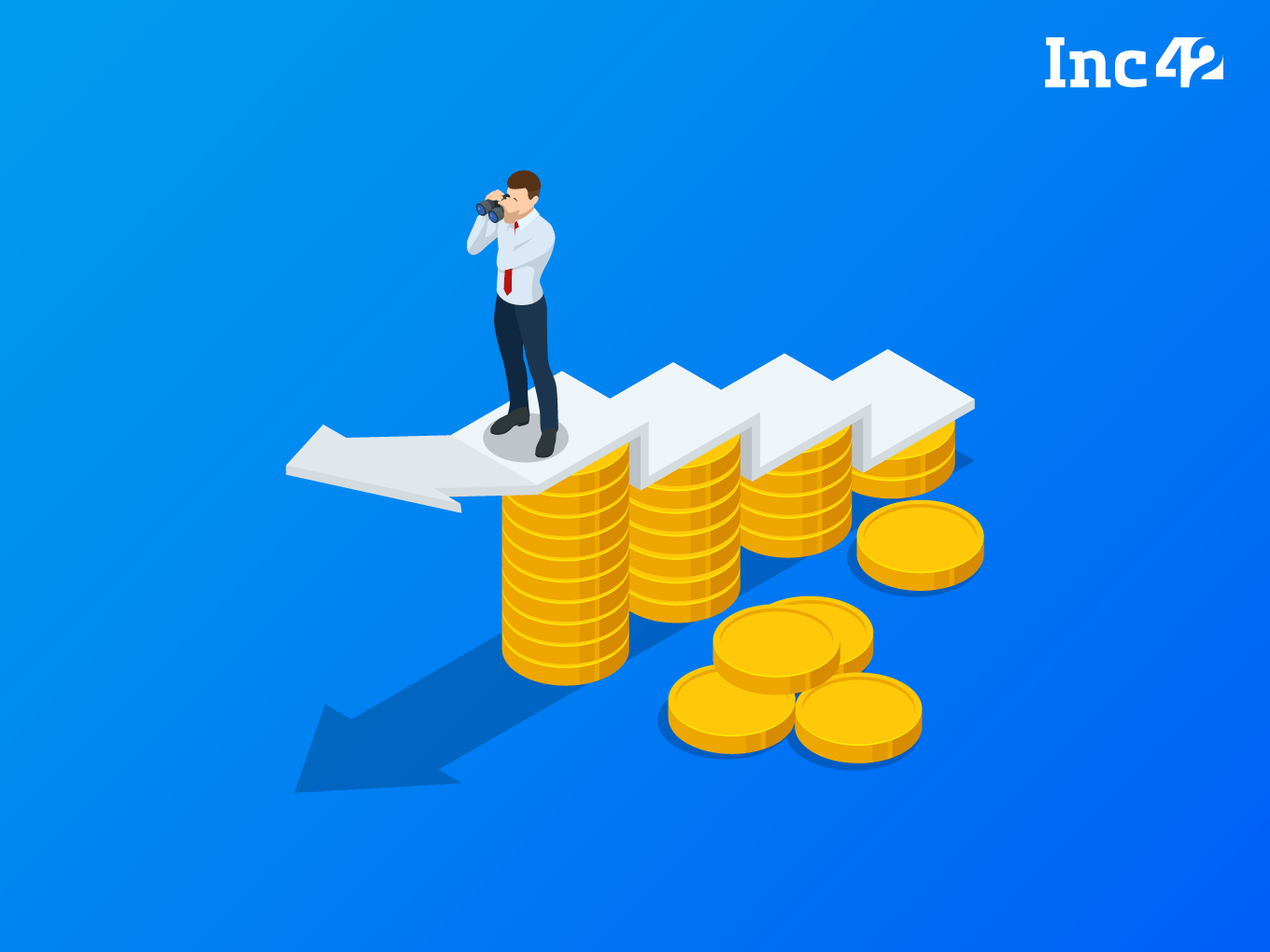What Are Preferred Shares?
Preferred shares, also known as preference shares or preferred stocks, are a type of ownership in a company that gives shareholders certain advantages over common shareholders.
Preferred shareholders have a higher claim on the company’s assets and earnings, and they typically receive fixed dividend payments before common shareholders. However, preferred shareholders generally don’t have voting rights or have limited voting rights.
What Is The Difference Between Preferred Shares & Common Shares?
Preferred shares and common shares are two primary classes of shares in a company. Preferred shareholders get priority when it comes to dividend payments and asset distribution in the event of liquidation.
In contrast, common shareholders enjoy voting rights and may receive dividends after preferred shareholders have been paid.
What Are The Types Of Preferred Shares?
It comes in various types. The following are some of their types:
- Cumulative Preferred Shares: These types of shares accumulate unpaid dividends. If the company cannot pay dividends in a particular year, the amount owed carries over to the subsequent years.
- Non-Cumulative Preferred Shares: These shares do not accumulate unpaid dividends. If a dividend is not paid in a given year, it is not carried over to subsequent years.
- Convertible Preferred Shares: They can be converted to a predetermined number of common shares.
- Callable Preferred Shares: These types of shares can be repurchased by the issuer at a predetermined price after a specified period of time from issuance.
- When Are Preferred Shares Issued By A Company?
These shares are issued by a company during a fundraising round or offerings. Companies issue them to investors to raise funds without diluting the voting power of existing shareholders, unlike common stock issuance.
Preference shares may be issued during different stages of a company’s growth:
- Initial Public Offering (IPO): When a private company offers its shares to the public for the first time, it may choose to issue both common and preferred shares.
- Private Placements: Companies can issue them during private placements, where they sell these shares directly to institutional investors or accredited individuals.
- Subsequent Offerings: Even after the IPO, a company might issue additional of these during follow-on offerings to raise capital for expansion, acquisitions, or other corporate purposes.
- Convertible Securities: Companies might issue convertible preferred shares, which can be converted into a predetermined number of common shares at the shareholder’s discretion. This serves as a way to attract investors by offering the potential for higher returns in the future.
Why Do Investors Buy Preferred Shares?
Investors choose to buy preferred shares for several reasons:
- Steady Income: Preferred stocks often pay fixed dividends, providing investors with a predictable income stream.
- Priority Claims: In the event of liquidation, preferred shareholders have a higher claim on the company’s assets compared to common shareholders.
- Lower Volatility: These tend to be less volatile than common shares. Hence, they are an attractive option for risk-averse investors.
- Convertible Features: Some of them can be converted into common shares, providing potential for capital appreciation.
- Diversification: They can add diversification to an investment portfolio, complementing other asset classes.








